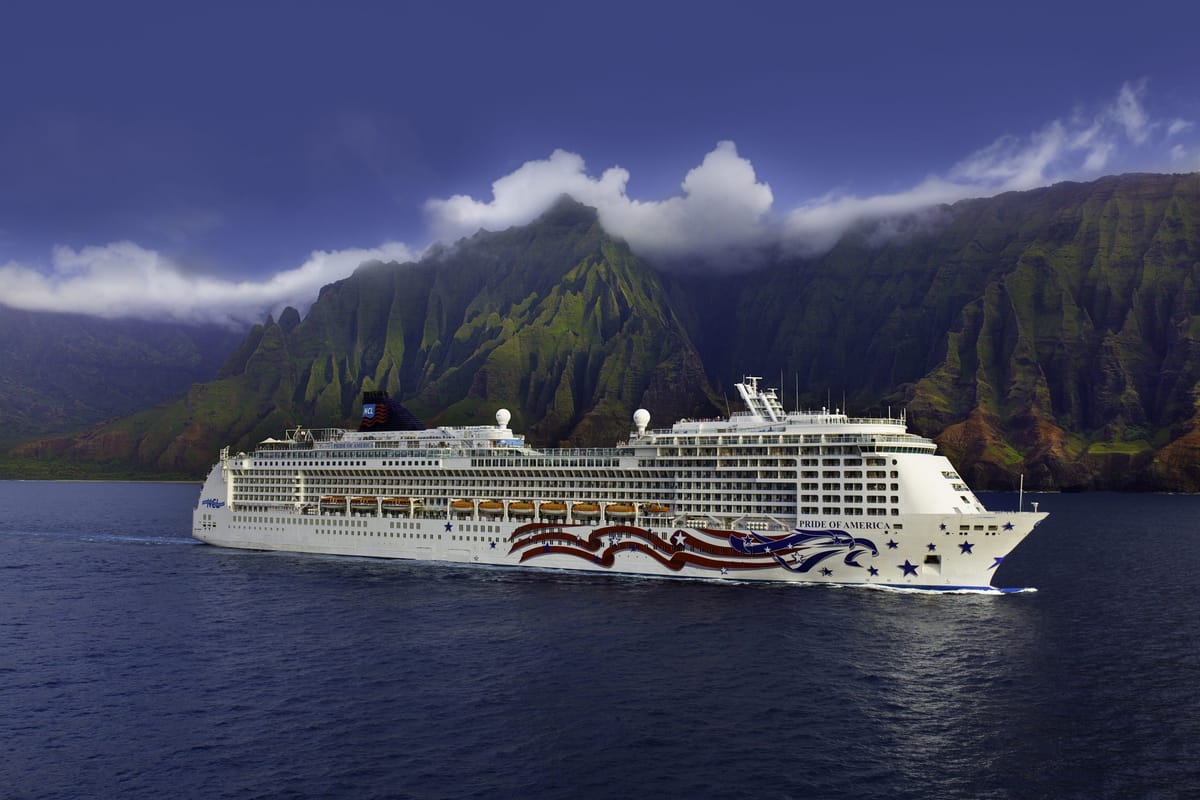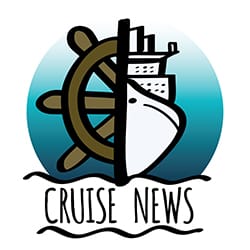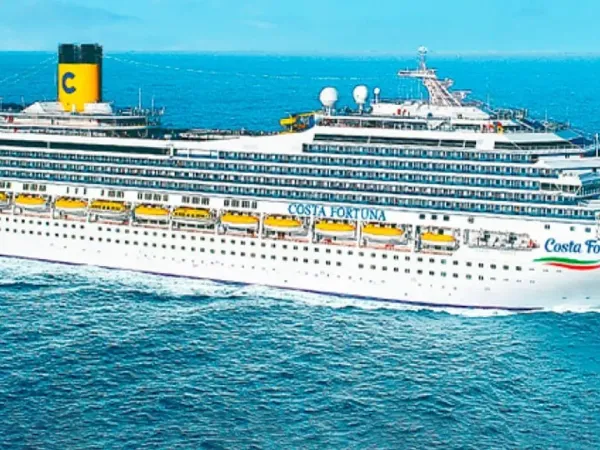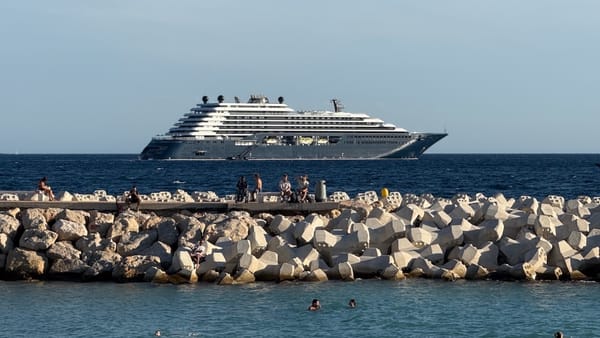Norwegian Cruise Line Debt Reduction and Fleet Growth
Norwegian Cruise Line Holdings responds to industry challenges by prioritizing financial discipline and fleet expansion, aiming to strengthen its resilience amid evolving market pressures.

Norwegian Cruise Line Holdings (NCLH) is drawing industry-wide attention for its strategic responses to evolving market conditions, including a weakened share price, new tax regulations in key regions, and the cruise sector’s uneven recovery from pandemic-related disruptions. Despite these challenges, the company has demonstrated resilience through disciplined capital management, targeted debt reduction, and investments in new vessels and private destinations.
Financial Landscape and Market Challenges
NCLH’s stock has declined around 26% year-to-date, trading near 19 dollars per share. In comparison, competitors have experienced much smaller corrections, with Carnival Corporation down about 4.2% and Royal Caribbean Cruises posting gains of roughly 16.2%. Analysts point to weaker-than-expected consumer spending, inflationary pressures, and geopolitical risks in areas such as Iran as factors contributing to this performance. Industry experts also highlight Hawaii’s upcoming transient accommodation tax as a notable headwind, particularly because the Pride of America sails there year-round.
The Hawaii tax, framed around climate and sustainability aims, is slated to rise from 10.25% to 11% in 2026 and 12% in 2027. Company officials warn that escalating port and accommodation fees could dampen demand on Hawaiian routes, narrowing margins on Pride of America itineraries. Nonetheless, many analysts remain cautiously optimistic, citing the cruise industry’s broader historic resilience during periods of economic volatility.
Liquidity Strength and Leverage Targets
As of March 2025, NCLH’s total liquidity stood at approximately 1.4 billion dollars, including 184.4 million dollars in cash and a 1 billion dollar revolving credit facility. Total debt hovers around 14 billion dollars, reflecting recent ship deliveries and strategic financing moves. In a series of steps to manage leverage, the company refinanced 353.9 million dollars in 2025 Exchangeable Notes into lower-cost 2030 bonds, reducing potential dilution by around 15.5 million shares. An equity offering, priced at 19.06 dollars per share, further bolstered the balance sheet. Executives maintain a target of roughly a 5x net leverage ratio by the end of 2025.
NCLH cites these measures as evidence of “prioritizing deleveraging and liquidity,” focusing on meeting its near-term maturities and retaining a robust liquidity buffer. Management continues to monitor external factors such as fuel prices, inflation, and geopolitical tensions to mitigate any sudden financial impacts on corporate strategy.
Operational Updates and Q1 2025 Performance
The first quarter of 2025 brought adjusted EBITDA of 453 million dollars, surpassing guidance due to stable onboard spending and disciplined cost controls. While revenue declined approximately 2.9% year over year, partly attributable to two major ships being out of service, advance ticket sales rose to 3.9 billion dollars, a 2.6% increase from the prior year. NCLH attributes the rise in advance sales to continued consumer demand for cruising, as travelers seek out affordable yet experience-driven vacations.
Despite the positive EBITDA figures, occupancy remained below prior-year levels, reflecting the temporary withdrawal of vessels for upgrades. Analysts and company officials anticipate a gradual occupancy recovery through 2025, provided external market conditions remain stable.
Capacity Growth: Norwegian Aqua and Norwegian Luna
NCLH has introduced Norwegian Aqua, which launched in April 2025, to enhance capacity across popular routes. Norwegian Luna, scheduled to debut in April 2026, is designed to capture both new-to-cruise customers and repeat guests looking for upgraded amenities. Company leaders emphasize that fresh vessel launches can support premium pricing and deliver stronger onboard revenue, particularly if promoted effectively to target demographics.
Fuel Hedging and Cost Management
NCLH hedged around 61% of its projected 2025 fuel consumption at approximately 615 dollars per metric ton, aiming to reduce exposure to market volatility. Ongoing cost optimization measures, including direct expense discipline and revenue-focused strategies, such as private island destinations like Great Stirrup Cay, continue to be central to the company’s plan for margin preservation.
Near-Term Earnings Expectations
Looking ahead, NCLH is slated to report on August 6, 2025. Current consensus estimates forecast around 0.45 dollars in EPS on 2.57 billion dollars in revenue. Analysts will watch for signs of occupancy normalization, the pricing trajectory of late 2025 sailings, and progress toward the stated net leverage goal. NCLH executives remain committed to delivering balance sheet improvements alongside strategic capacity enhancements, affirming that execution in these areas could help narrow the company’s equity discount relative to peers.
Key Risks and Industry Outlook
Despite the cruise sector’s track record of weathering economic downturns, NCLH faces potential disruptions, including inflation-driven dips in consumer spending and further geopolitical pressures. Fuel price fluctuations, though partially hedged, remain a concern. In Hawaii, increased local taxes and fees connected to sustainability efforts could weigh on passenger demand for Pride of America itineraries. The company also closely monitors broader public health developments and international events that might constrain travel corridors.
Still, industry participants note that global travel sentiment is recovering, supporting the notion that the cruise sector may continue to rebound, provided companies balance new capacity with cautious operational management. For NCLH, its disciplined approach to leverage, recent ship launches, and focus on premium product offerings may position it for competitive gains once near-term risks are navigated.
Frequently Asked Questions (FAQs)
What is NCLH’s current liquidity and debt position?
NCLH reported about 1.4 billion dollars in total liquidity as of March 2025, including 184.4 million dollars in cash and a 1 billion dollar revolving credit facility. The company’s total debt is around 14 billion dollars, reflecting recent ship deliveries.
How is the Hawaii tax change expected to affect Norwegian Cruise Line?
Hawaii’s transient accommodation tax will rise from 10.25% to 11% in 2026 and 12% in 2027. These increased port and accommodation fees could squeeze margins and potentially dampen demand for the Pride of America, NCLH’s only year-round Hawaiian cruise vessel.
Which new ships are expanding Norwegian’s fleet?
Norwegian Aqua launched in April 2025, boosting capacity in key markets. Norwegian Luna is scheduled to debut in April 2026, offering updated amenities and designed to attract both first-time cruisers and loyal passengers.
How is NCLH managing its leverage and near-term maturities?
The company refinanced 353.9 million dollars in 2025 Exchangeable Notes into 2030 bonds, reducing dilution by about 15.5 million shares. An equity offering priced at 19.06 dollars per share further supported the balance sheet. NCLH aims for approximately a 5x net leverage ratio by the end of 2025.
What are the main risks to Norwegian Cruise Line’s 2025 outlook?
Potential obstacles include ongoing geopolitical instability, inflation-driven booking softness, fluctuations in fuel costs, and public health or travel disruptions. Hawaii’s escalating tax structure could also pressure pricing and demand on select itineraries.
NCLH’s leadership remains confident that disciplined debt management, capacity expansions, and premium-priced offerings will help the company navigate these uncertainties. As the broader tourism sector regains momentum, stakeholders continue to watch how NCLH balances its short-term adjustments with its long-term strategy for elevated guest experiences and sustained financial health.




